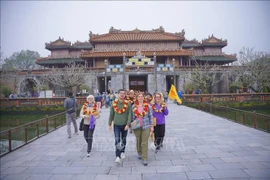




Natural masterpiece in Ha Giang province
Ma Pi Leng pass, dubbed the most beautiful in Vietnam, is a 20 km section of National Highway No 4C connecting the two districts of Dong Van and Meo Vac in Ha Giang province. Visitors to Ma Pi Leng pass, with Nho Que river flowing below, will be surprised at the majestic space of mountains and forests against a clear blue sky.
Related News

Four great passes in Vietnam’s northern mountainous region

Buckwheat Flower Festival becomes tourist icon of Ha Giang

Conquering the majestic God Cliff on Ma Pi Leng Pass

Tet comes early for the H’Mong people in Ha Giang

Mustard flowers cover rocky plateau in yellow hue

Ha Giang preserving cultural beauty of ethnic minority group

Railway top choice for green tourism in Hai Phong
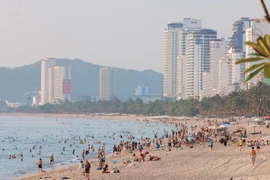
Khanh Hoa to hold first-ever sea culture and tourism festival
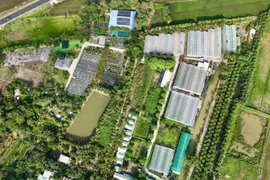
Vietnam’s farm tourism blooms, blending rustic charm with flowery dreams
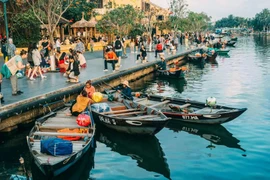
Search volume for Vietnam’s tourism ranks 7th globally
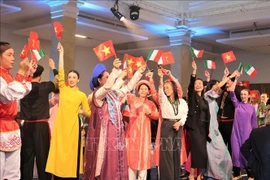
Vietnam, Italy promote tourism cooperation
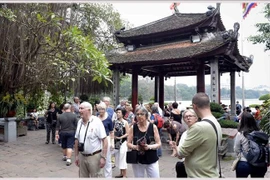
Hanoi targets 30 million tourists by 2030

Emirates’ new route to Da Nang – a golden opportunity for Vietnam to attract high-class travellers

Vietnam hosts over 7.67 million international visitors in first 4 months

Luxury cruises set sail in Bai Tu Long Bay

Number of tourists soars during national reunification holidays
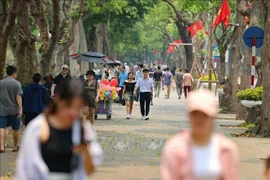
Hanoi sees tourism boost over reunification day holiday
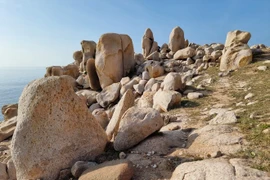
Exploring majestic beauty of Rock Park at Nui Chua National Park

Vietnam’s top tourist destinations packed during national holiday's first two days

Quang Ninh province welcomes first fully chartered cruise ship
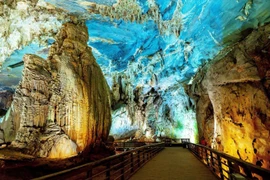
Central region advised to promote tourism growth through cultural heritage
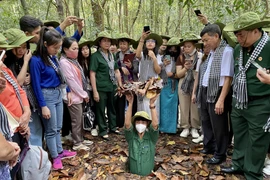
HCM City develops sought-after tours to historical sites
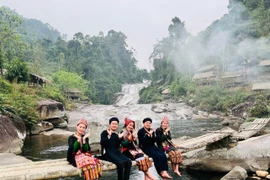
People excited about upcoming April 30-May 1 holidays
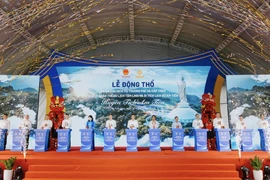
Thanh Hoa breaks ground on tourism, cable car project
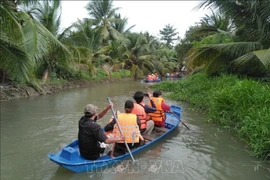
Green transition in tourism: A challenging must-do
